Hello Summoner! Welcome to Upcomer’s League of Legends to Dota transition guide. Whether you’ve decided to move on from Riot Games’ flagship or whether you’re just looking to expand your pool of MOBA games, Dota is here to provide a refreshing experience of the genre.
In order to make the transition as smooth as possible, here are the major differences to keep in mind before stepping into the world of Dota and destroying the enemy Ancient.
League of Legends to Dota guide: Client differences
The primary differences between the two games that everyone should remember before even starting their first game of Dota are:
- Every Hero in the game is free! To see every Hero available along with their abilities, look through the Heropedia.
- There are no Rune Pages before beginning the game.
- There are no summoner spells.
- All skins and cosmetics can be individually bought in the Steam market and their prices change according to their Steam Market value. Older, good looking items are usually much cheaper to buy.
- Skins come with individual cosmetic parts that allow you to pick and choose the parts you want for your hero.

League of Legends to Dota guide: In-game differences
Mobility
The Dota map is much larger than the Summoner’s Rift in League of Legends, so mobility in Dota is scaled up. The easiest way to understand is by comparing the Summoner Spell Flash from League and the Blink Dagger item in Dota.
Flash teleports players a small distance away on a five minute cooldown. Blink Dagger allows players to do the same but on an 11 second cooldown. The only downside is players cannot teleport within three seconds of taking damage. Here is the illustrated difference to show just how much farther players can travel:


No Jungle role
There is no Jungle role in Dota, as it is replaced with a second support. Instead of the one top, one mid, one jungle and two bot set up seen in League, players have the freedom to do any lane setup they want in Dota. While the most common lane setup is two top, one mid, two bot, there have been viable strategies that feature one top, one mid and three bot, or even three top, one mid and one bot. It truly depends on each specific game.
High Ground and Low Ground vision
Vision in League is primarily focused on warding around bushes that players cannot see into from the outside. Dota’s implementation of this mechanic is through High Ground and Low Ground vision. If there is a change in elevation in the Dota map, commonly shown through a set of stairs, players do not have vision up the stairs. Here are two pictures to illustrate elevation changes:


As you can see, the only way of knowing what is up on the High Ground from a Low Ground position is by committing a ward before walking up, or by walking up the High Ground with your hero.
Couriers

Every hero in a game of Dota is also assigned their own personal courier at the start of the game. They are used to carry items from the base to wherever the hero is. There is no need to time proper recalls with a pushing wave, as players can just ask their little pet to carry those items to them at any time. Keep in mind that these couriers can be killed by the enemy team and take time to respawn, so be careful with them.
Denies

Last hitting and lane management in Dota are different from League in one aspect, and that is the existence of the Deny mechanic. When an ally minion is lower than half its health, players are able to contest the enemy by also trying to contest the last hit. If players, as an allied hero, are able to last hit their allied minion, the enemy only gets half the experience for said minion. Denies are signified by an exclamation point above the minion in question.
Ready to defend the Ancients
Dota is a game that is extremely complex, and it takes a lot of time and effort to learn. Luckily, the base knowledge gained from playing League of Legends is the best guide for a Dota beginner. Hopefully with this particular guide, you are able to experience all that Dota has to offer.



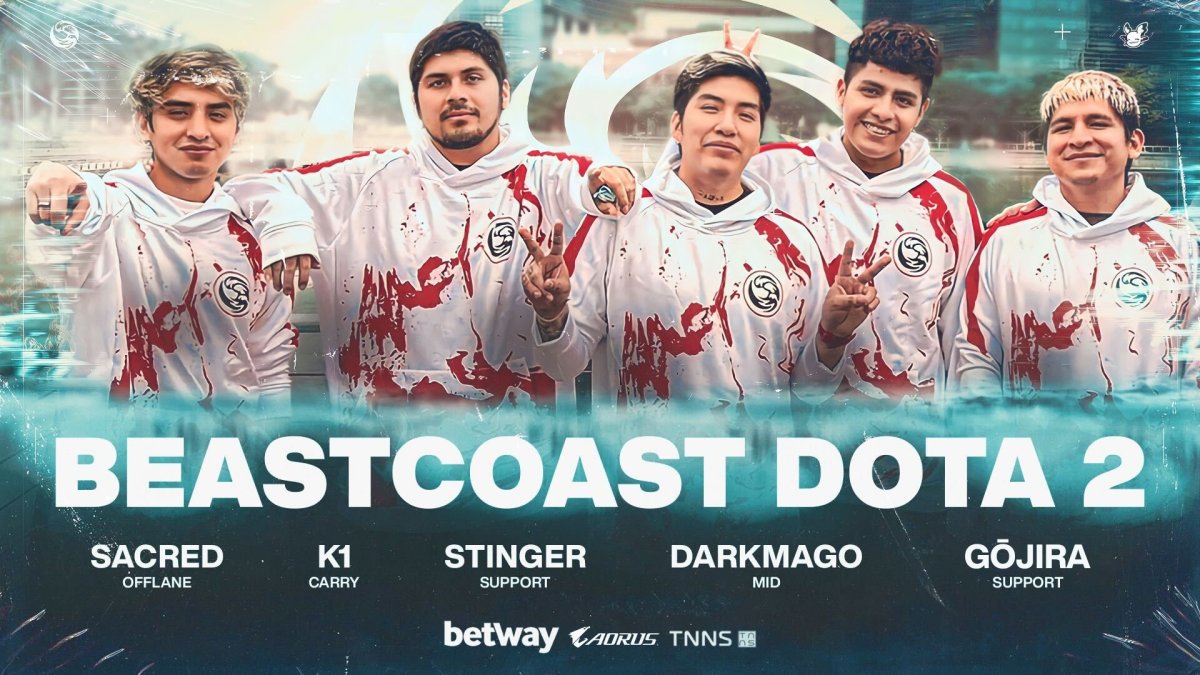
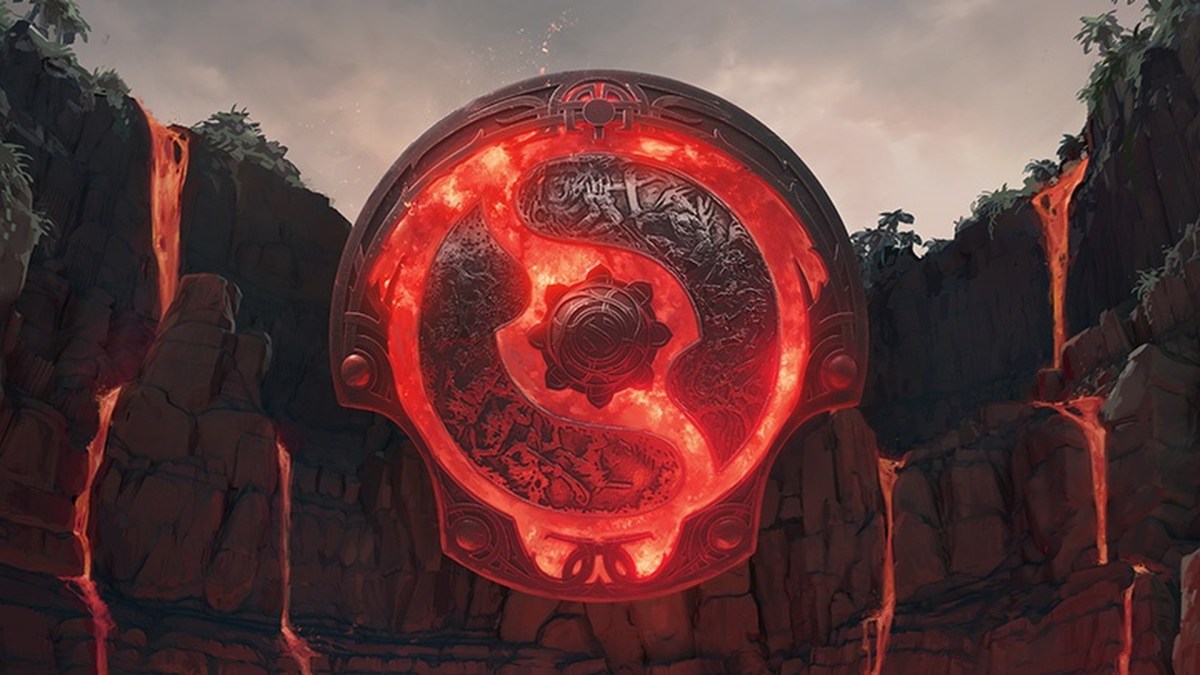

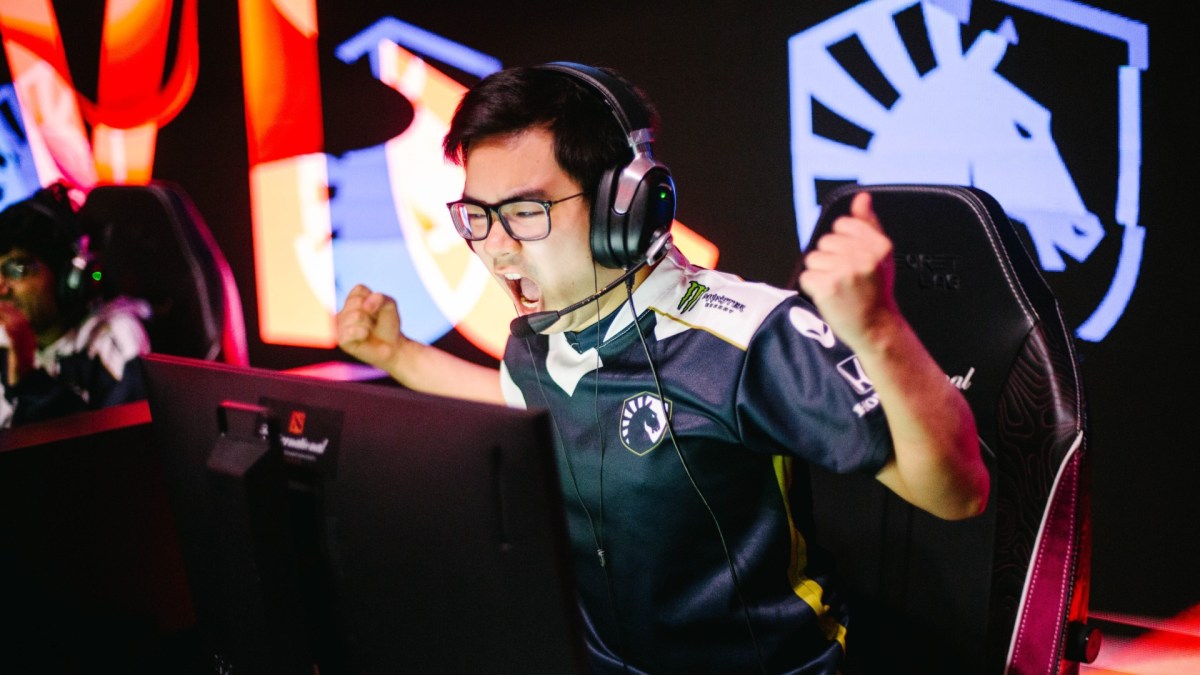
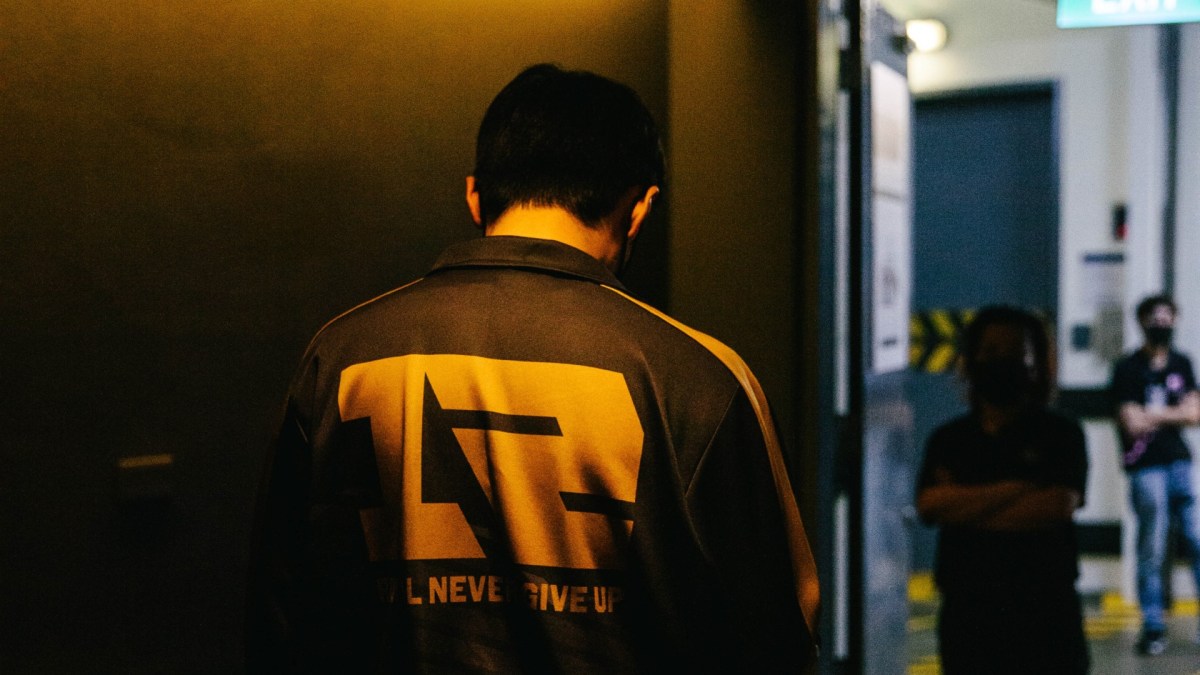
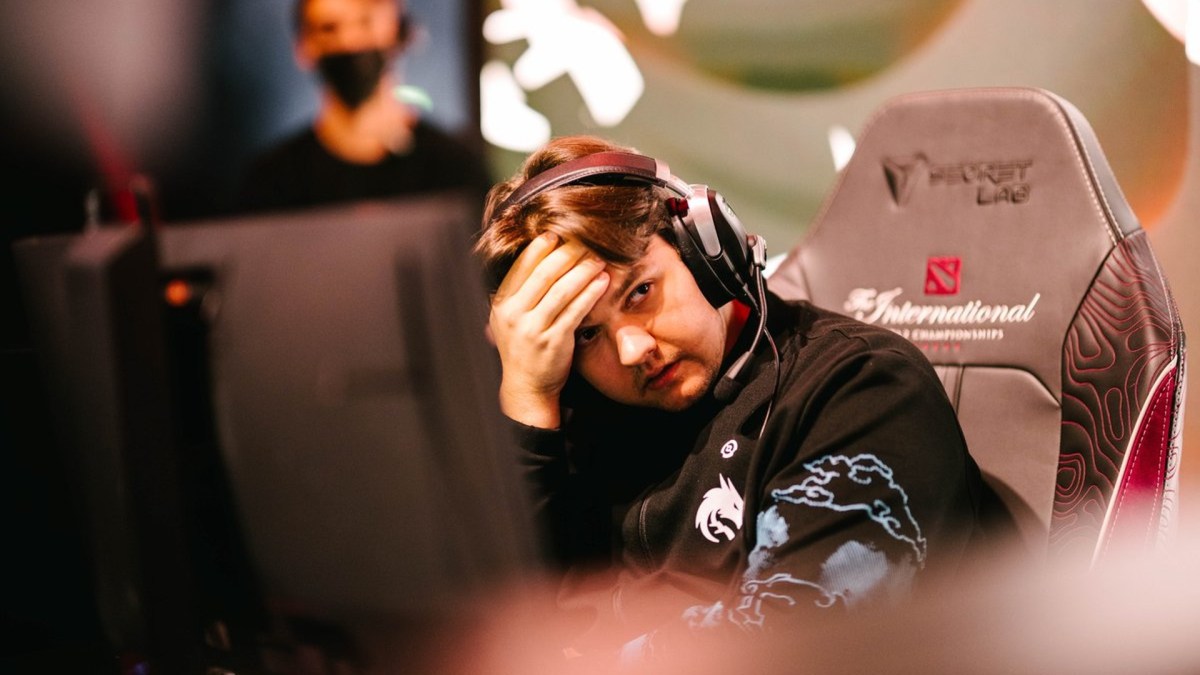







Published: May 14, 2021 12:00 pm